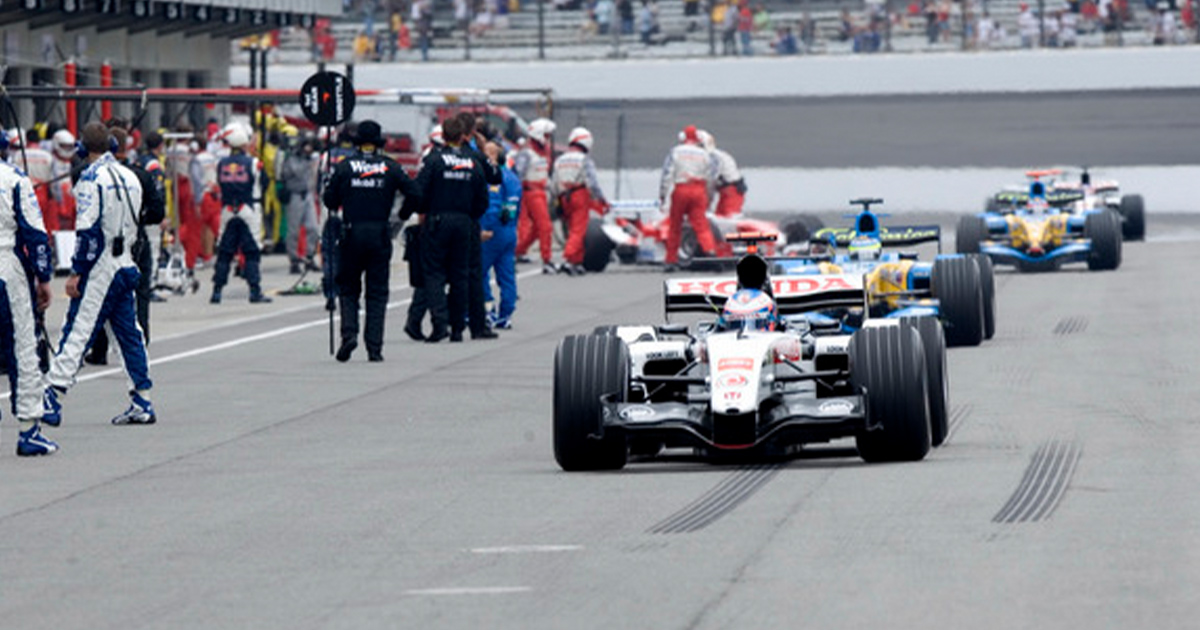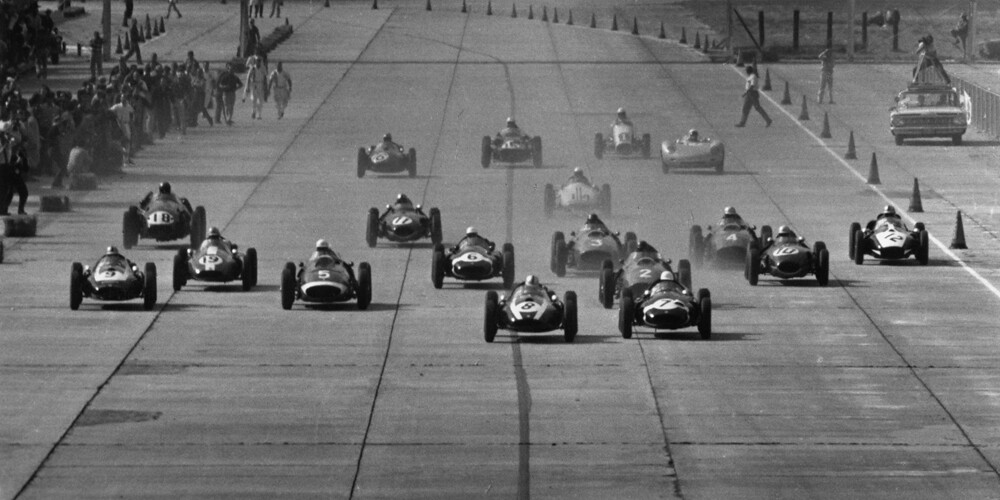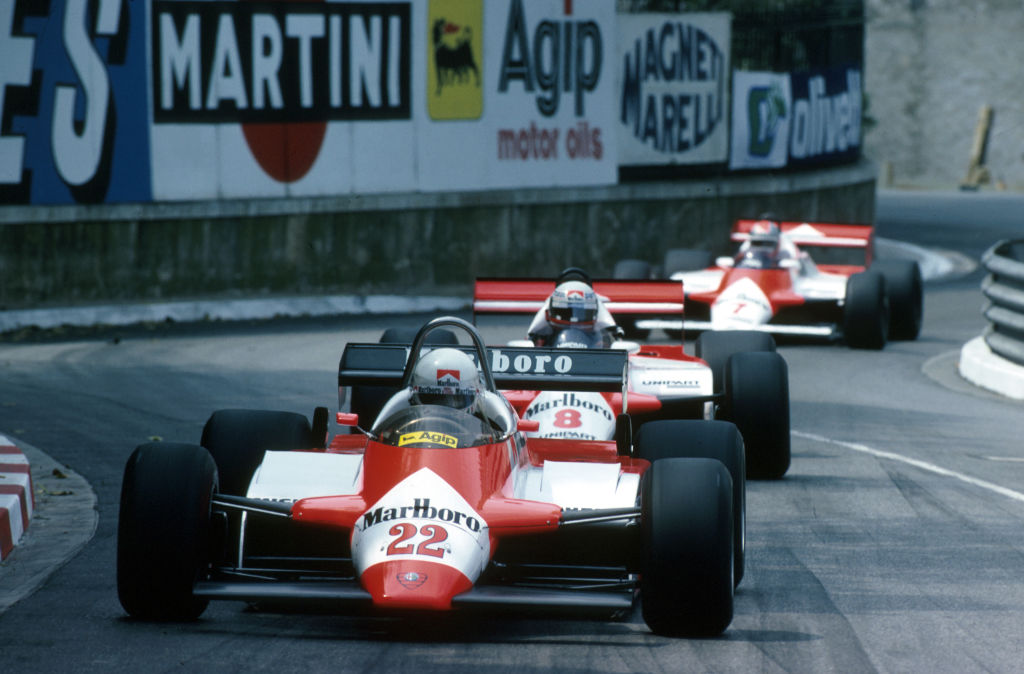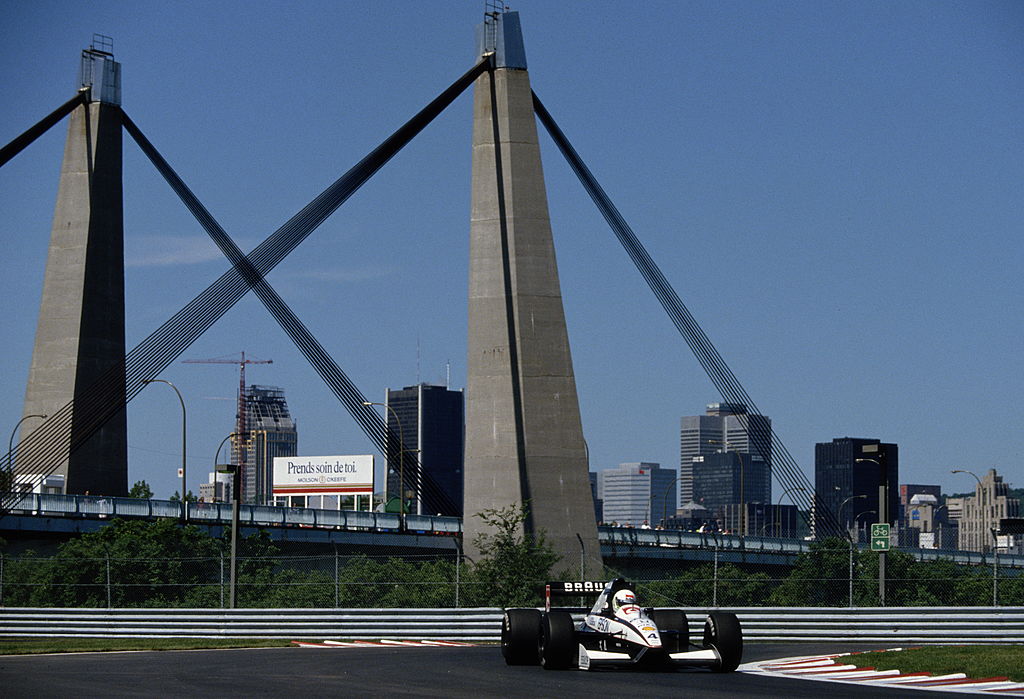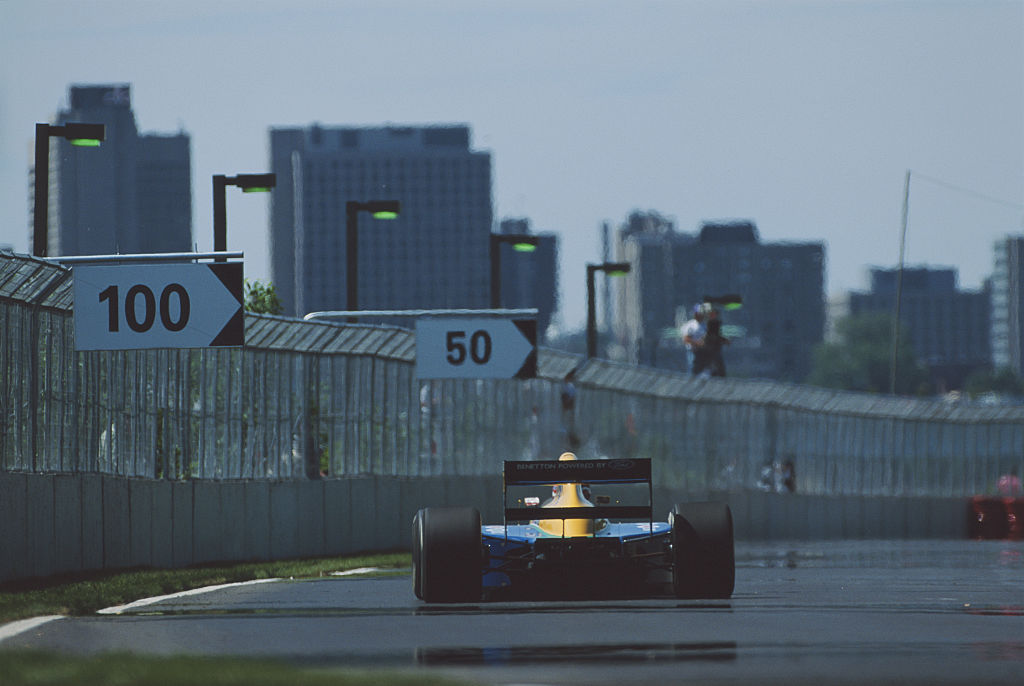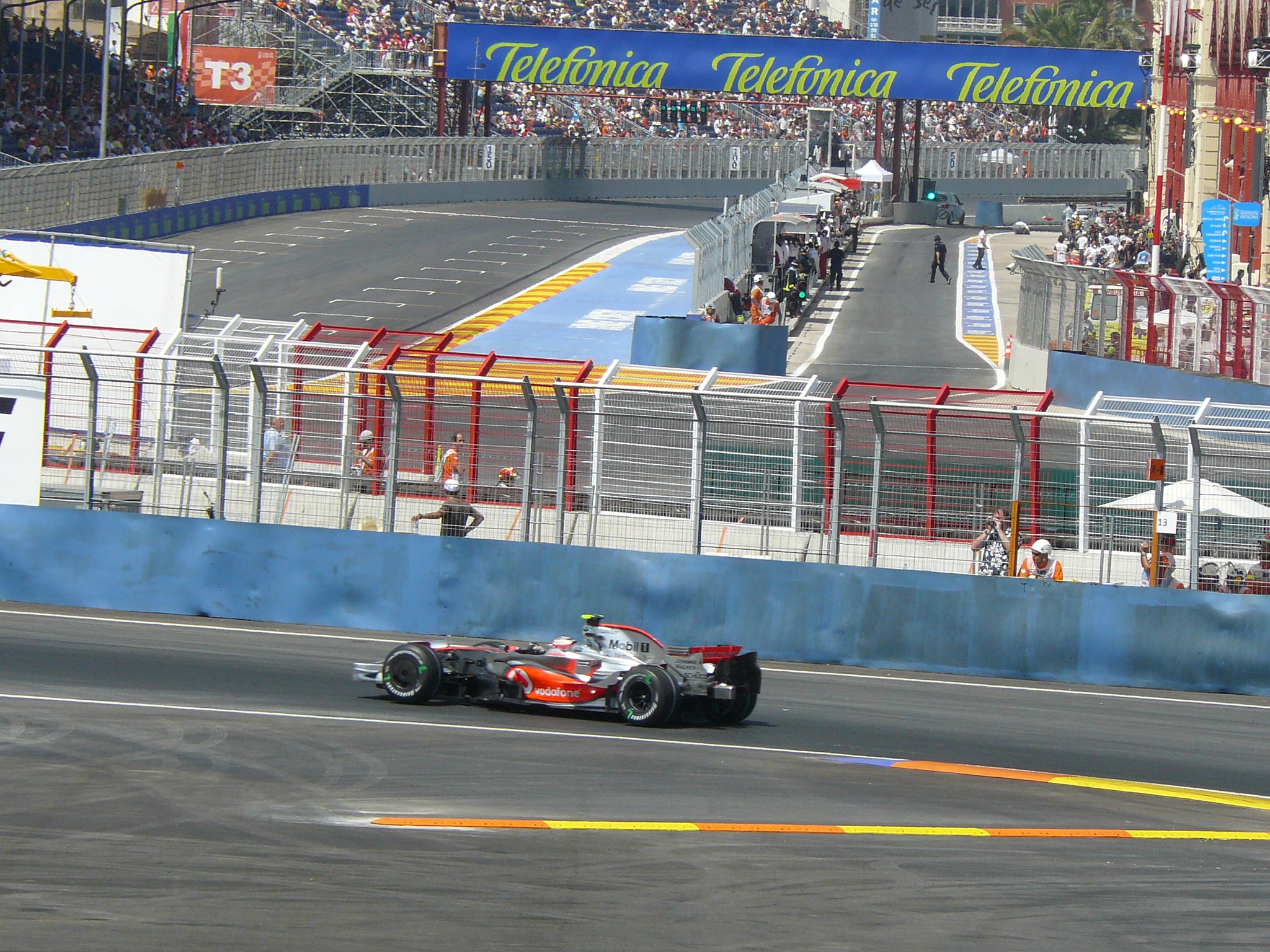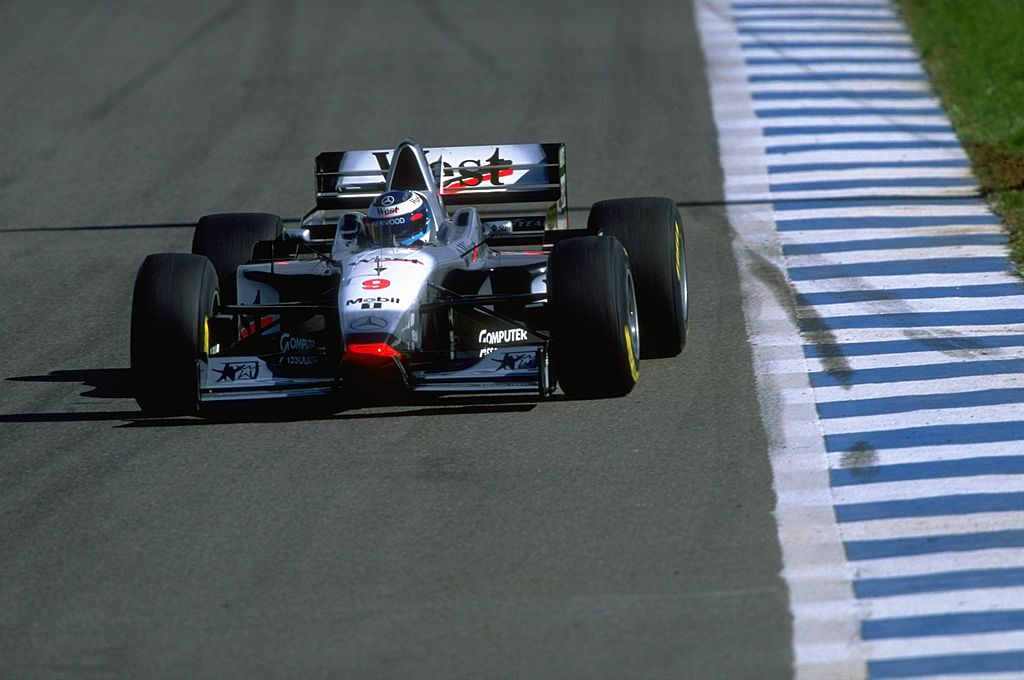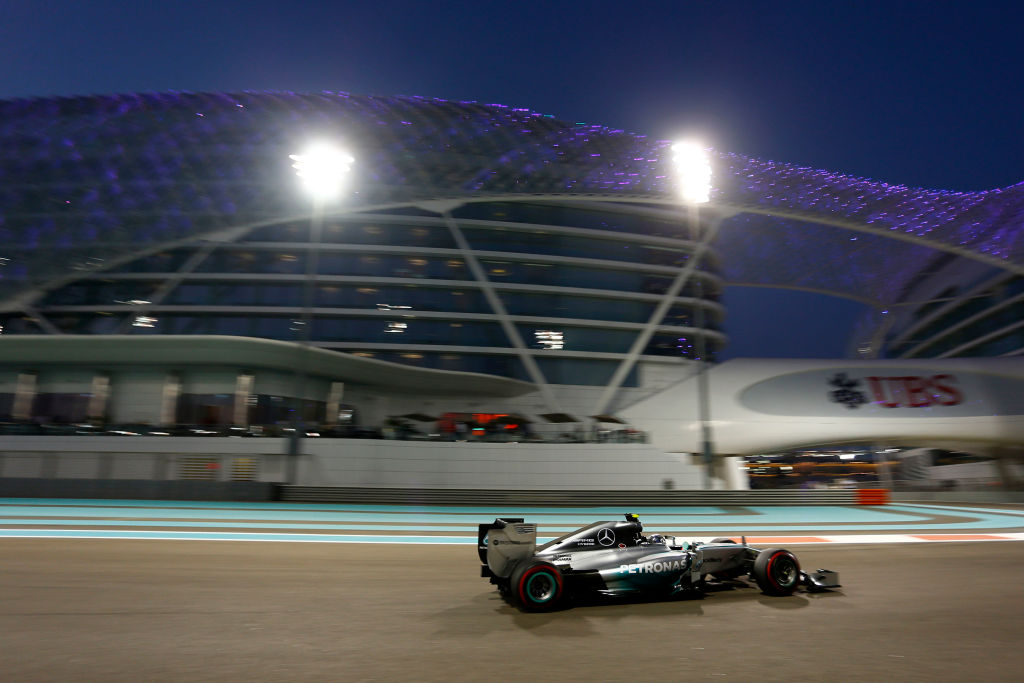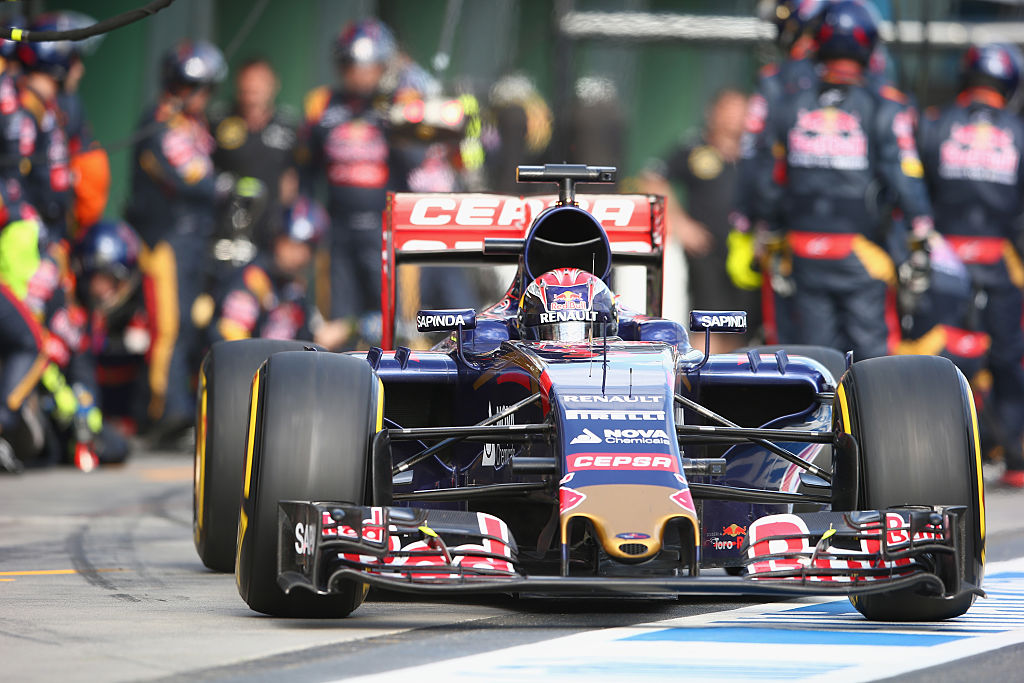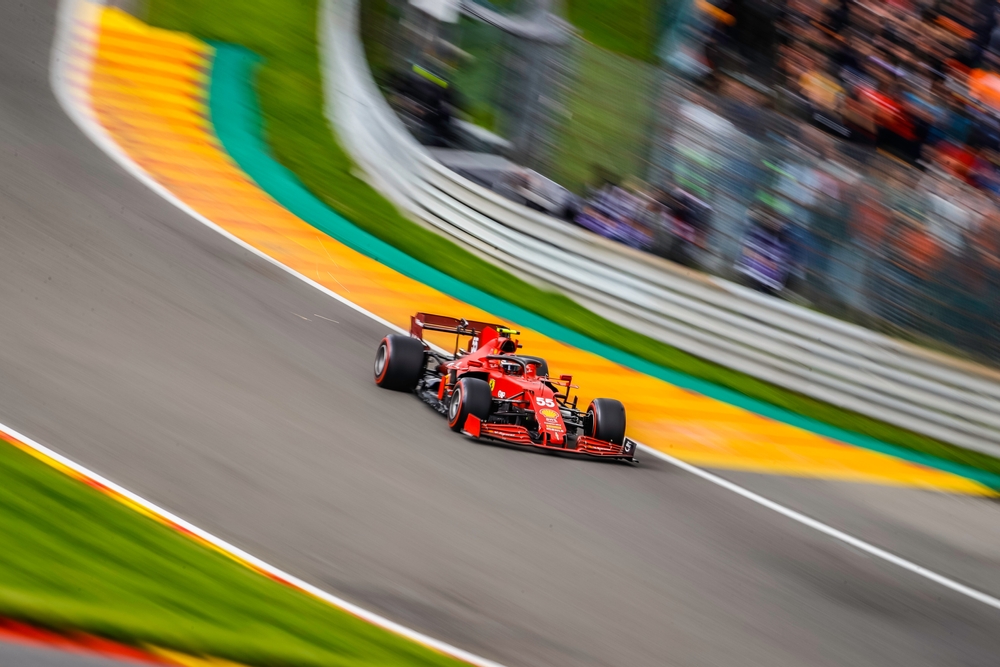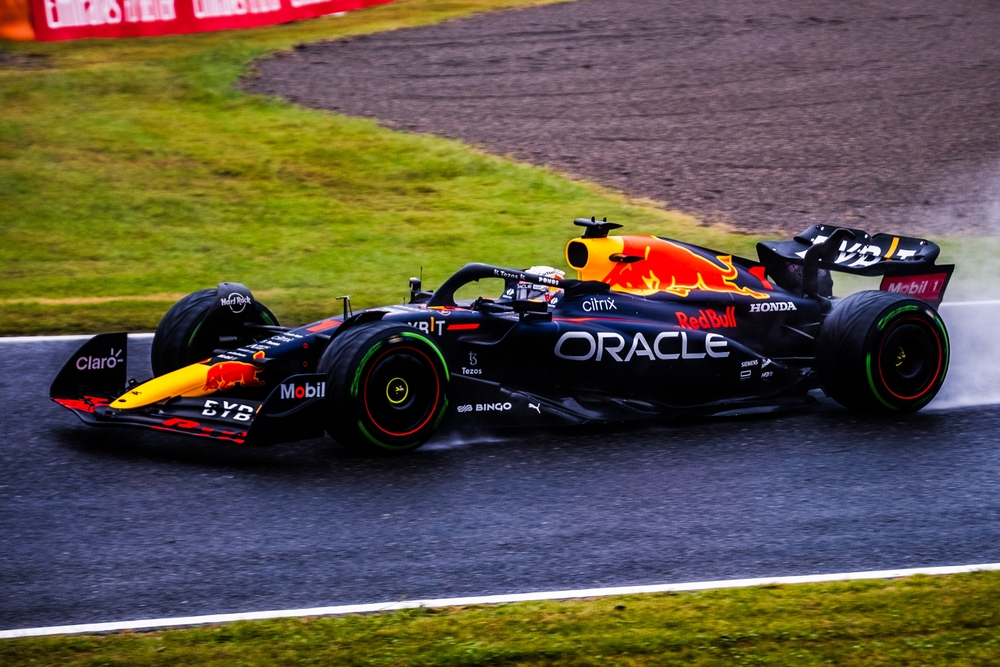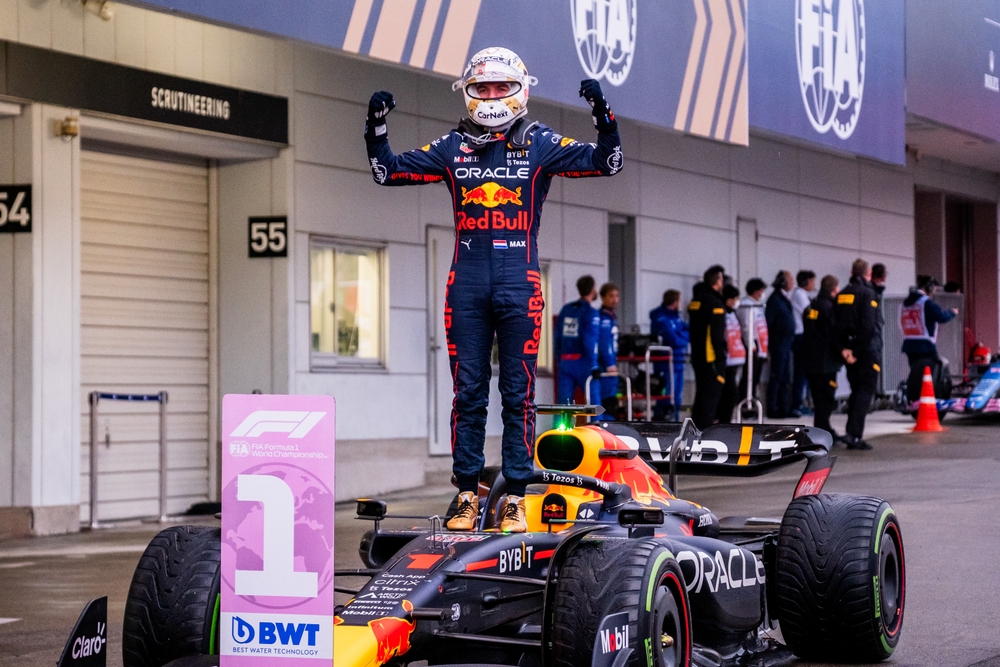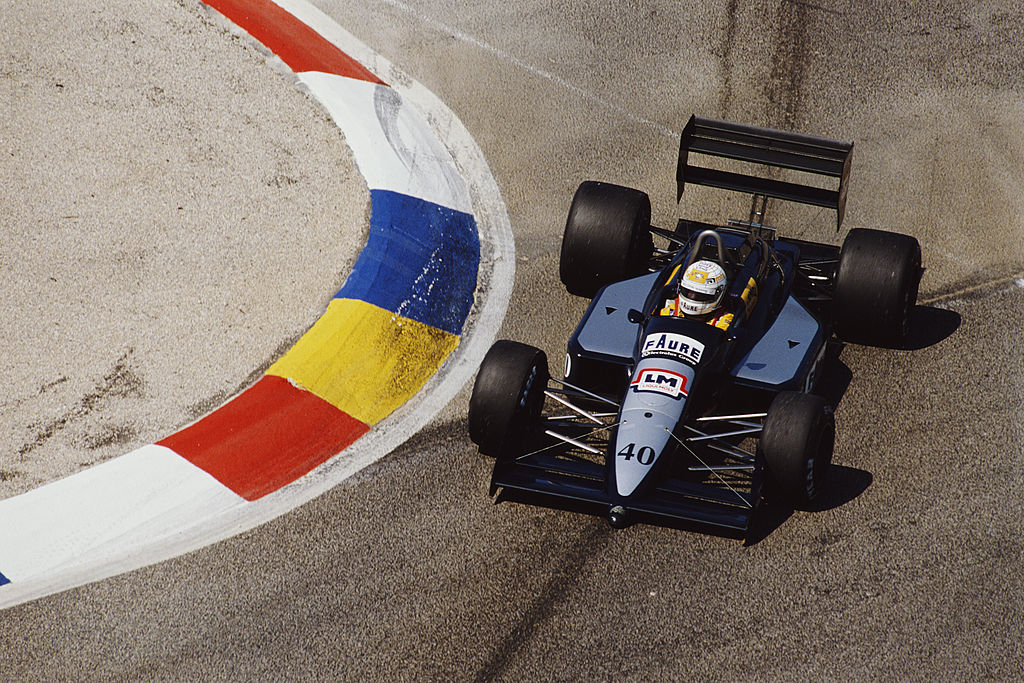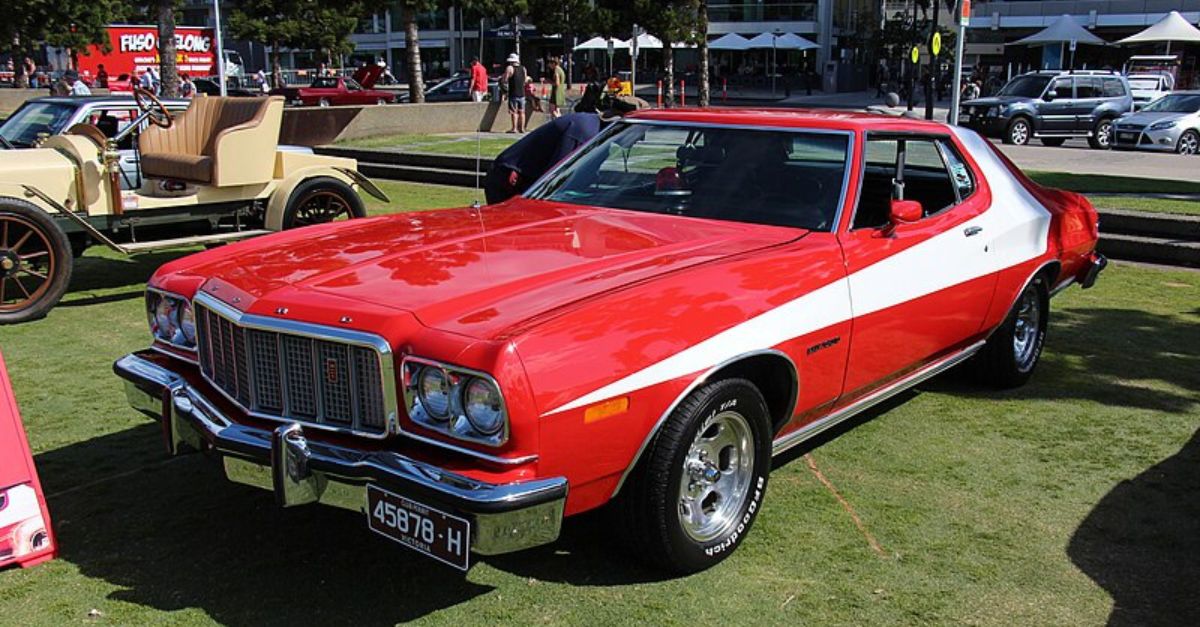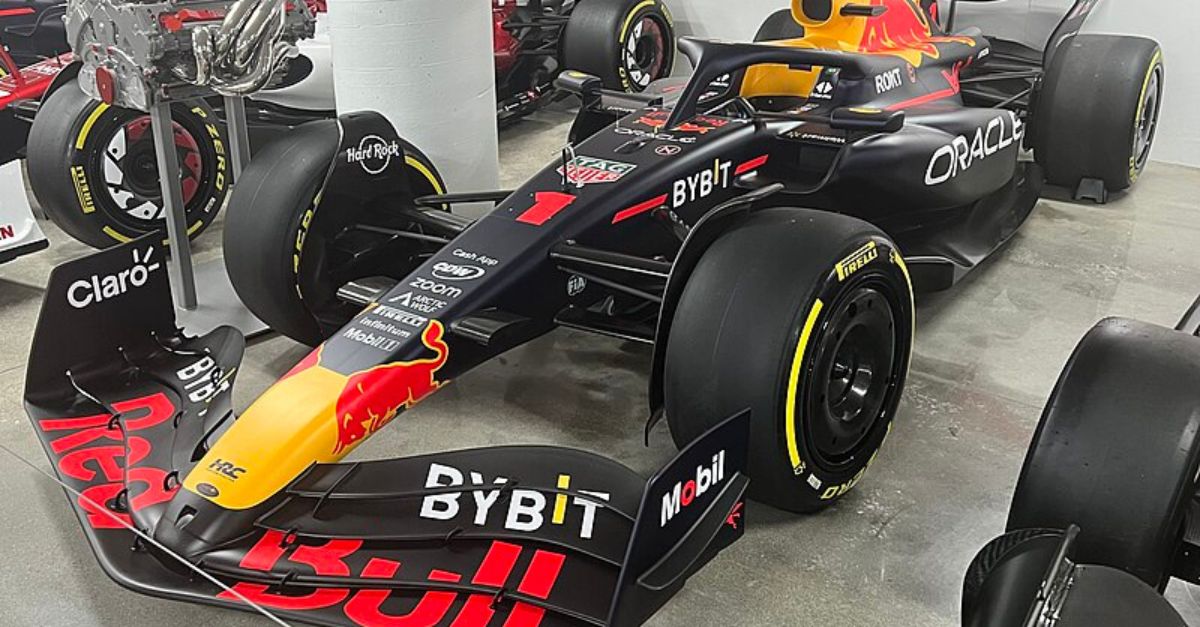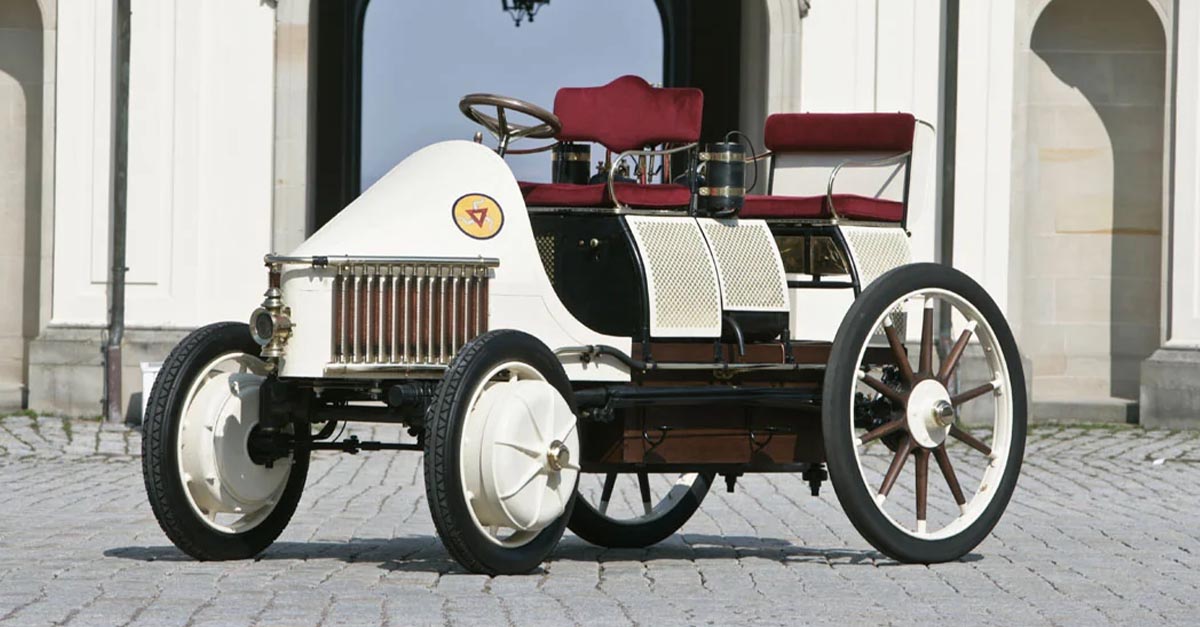Sticking To The Formula
Formula 1 racing is so named because each car has to stick to a certain set of criteria in order to race in the numerous Grands Prix around the world. But the world of Formula 1 is anything but formulaic. Here are some odd moments from the history of the sport.
1959 US Grand Prix
The 1959 United States Grand Prix was the only race of its kind that took place at Sebring Airfield. The bumpy track made for an unusual race, even without some of the controversy that occurred while drivers were behind their wheels.
1959 US Grand Prix: A Great Time Shaver
Prior to the race even beginning, driver Harry Schell caused some controversy by somehow shaving a full six seconds off his best lap time. It turned out that Schell had found a shortcut on the track, which earned him a third-place start in the race.
1960 Italian Grand Prix
The track at Monza is a familiar one to Formula 1 fans. In the early 1950s, it underwent a modification that allowed for larger banking. This change meant that cars were able to take turns at higher speeds.
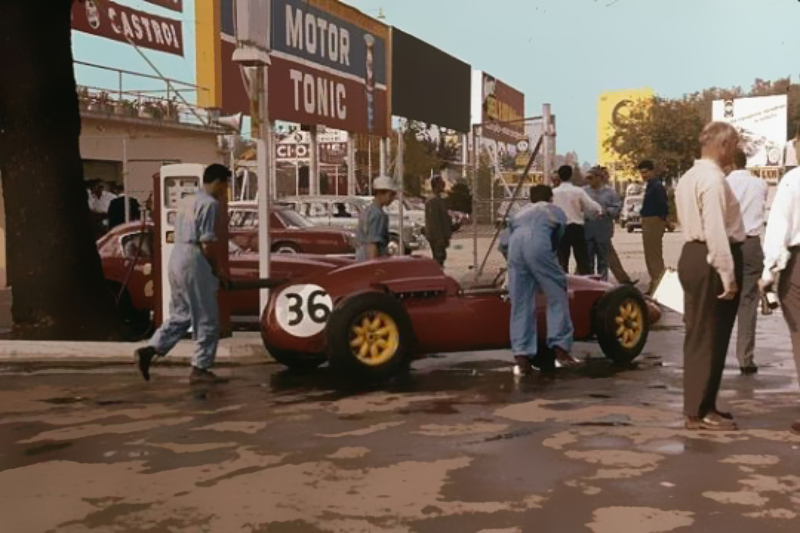 Unknown Author, Wikimedia Commons
Unknown Author, Wikimedia Commons
1960 Italian Grand Prix: Goodbye Britain
In order for Italy’s Ferrari to remain competitive, organizers of the race decided to use the full high-speed track in the 1960 Italian Grand Prix. As a result, all of the British drivers pulled out, knowing that their maneuverable machines couldn’t compete with Ferrari’s straight-line power.
 Unknown Author, Wikimedia Commons
Unknown Author, Wikimedia Commons
1964 Belgian Grand Prix
Held in Spa, Belgium, the 1964 Grand Prix was primarily dominated by driver Dan Gurney. He led the race for the most part, followed by drivers Graham Hill and Jim Clark. But fate had other plans for these drivers.
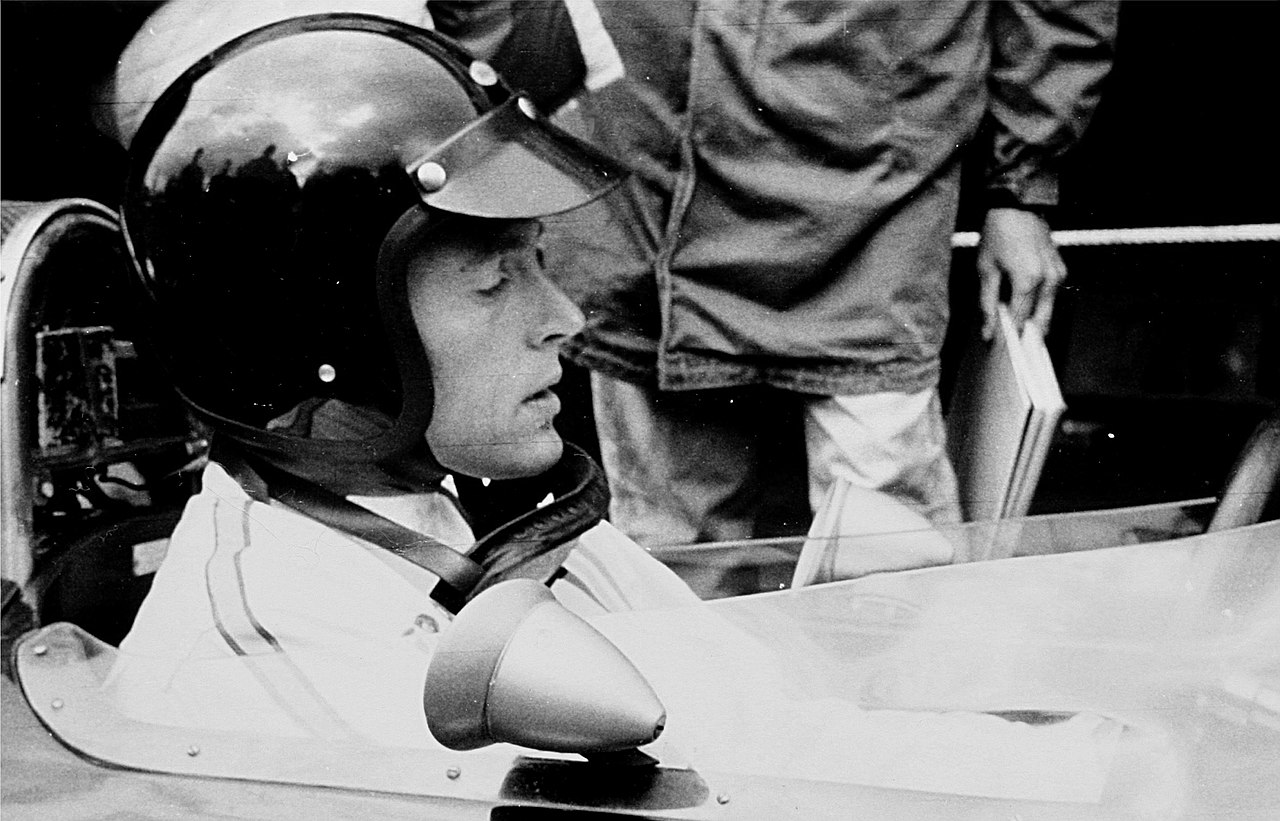 Lothar Spurzem, CC BY-SA 2.0, Wikimedia Commons
Lothar Spurzem, CC BY-SA 2.0, Wikimedia Commons
1964 Belgian Grand Prix: It’s A Gas!
During the race, all three lead cars suffered fuel-related difficulties. Gurney even pulled into the pit, where his crew told him he had enough fuel, but then he ran out of gas after rejoining the race. Winner Jim Clark ran out on his slowing down lap!
1982 Monaco Grand Prix
You’d think that winning was everything at a Formula 1 Grand Prix—and you’d be right. But the 1982 Monaco Grand Prix seemed to have some trouble getting a winner, despite the speed and skill of the drivers involved.
1982 Monaco Grand Prix: Ch...Ch...Ch...Changes
The 1982 race was led by four different drivers who changed places, for the most part, during the last two laps of the race. Track difficulties and car problems saw presumed winners spinning or stalling out, leaving commentators wondering if anyone would actually cross the finish line.
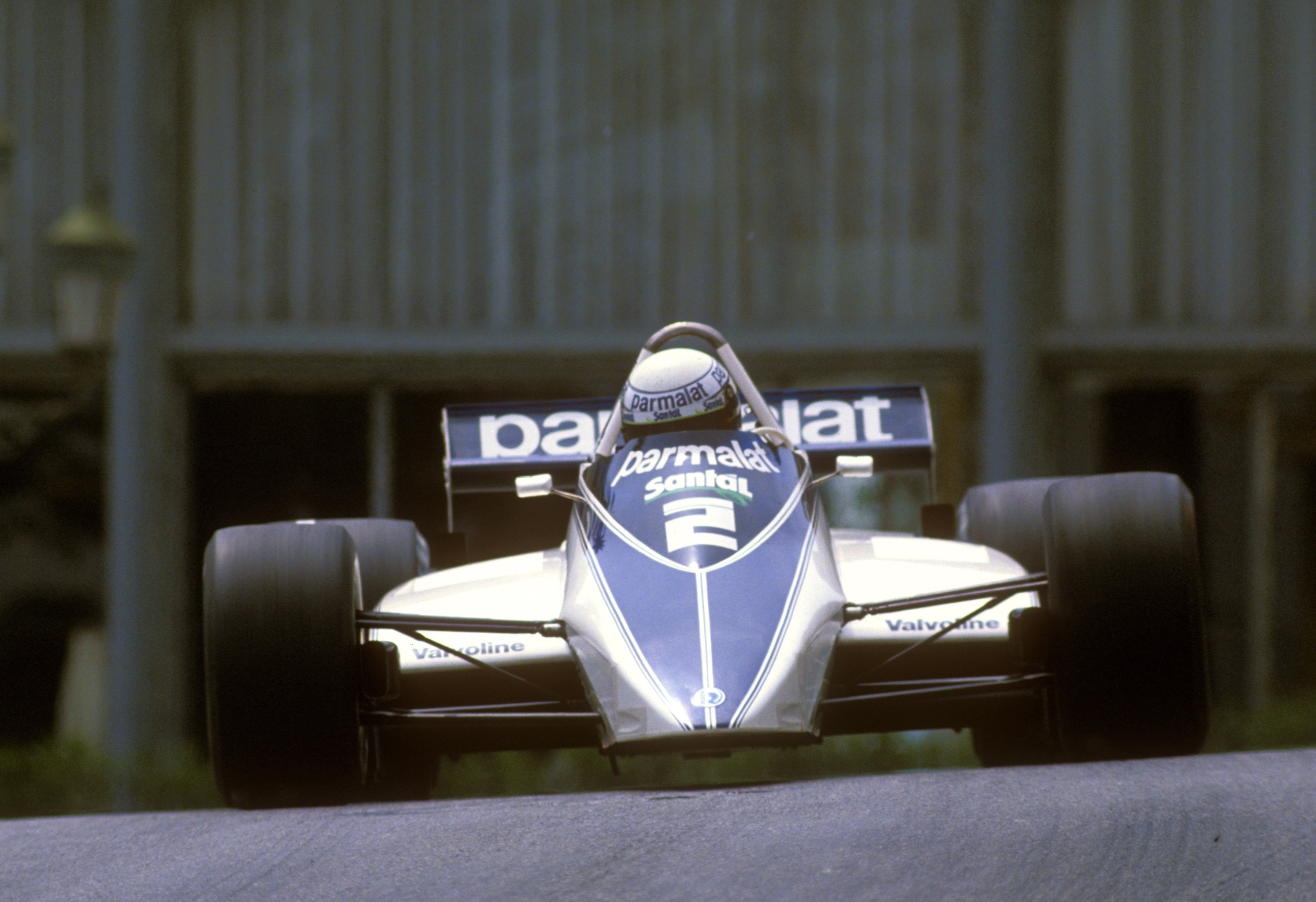 Grand Prix Photo, Getty Images
Grand Prix Photo, Getty Images
1991 Canadian Grand Prix
Sometimes a driver looks like they’re going to easily win a race, their victory a foregone conclusion to everyone watching. While it often is the case that a victor can be predicted, fate sometimes steps in and changes the outcome.
1991 Canadian Grand Prix: Nigel Mansell’s Last Lap
Considered one of the great drivers of his time, Nigel Mansell’s performance at the 1991 Canadian Grand Prix had everyone convinced he would be racking up yet another career win. But in his last lap something—no one quite knows what—went wrong, and rival Nelson Piquet cruised across the finish line.
1994 Japanese Grand Prix
The Japanese Grand Prix at Suzuka is very often held near the end of the typhoon season in Japan. This can make for some treacherous driving conditions, whether from wet road surfaces or heavy rain. In 1994, it also caused math problems!
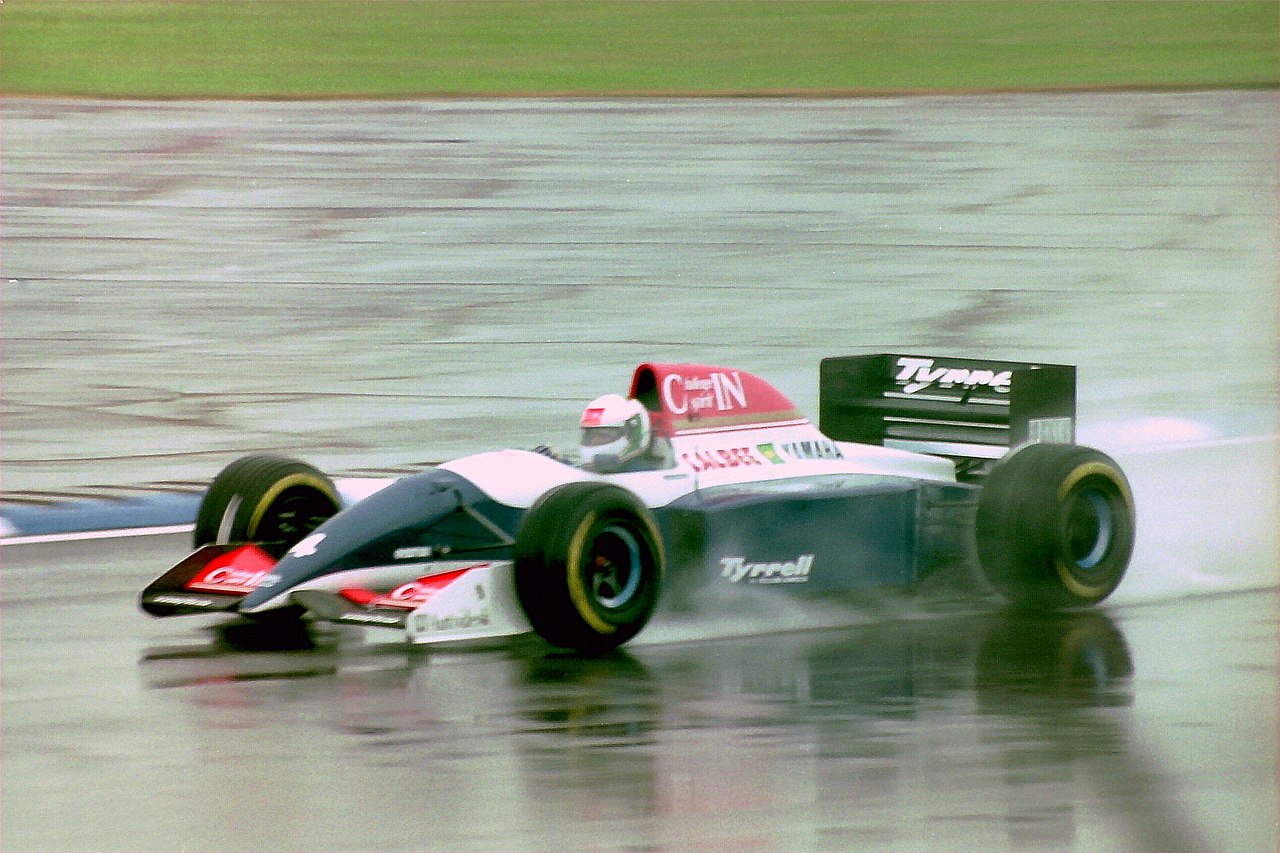 Martin Lee, CC BY-SA 2.0, Wikimedia Commons
Martin Lee, CC BY-SA 2.0, Wikimedia Commons
1994 Japanese Grand Prix: Carry the 1, Multiply by 5…
After weather conditions halted the race, organizers decided to determine who was in what place by adding times from the first part of the race to times from the second part. Ultimately, it meant that the winning driver crossed the finish line 10 seconds before anyone else, but only won by three seconds!
1995 Hungarian Grand Prix
It’s not uncommon for cars to have serious problems during a race, sometimes starting to smoke or even burst into flame. Emergency crews stand ready at all times during the competition to rescue drivers and make sure the course stays safe for all involved.
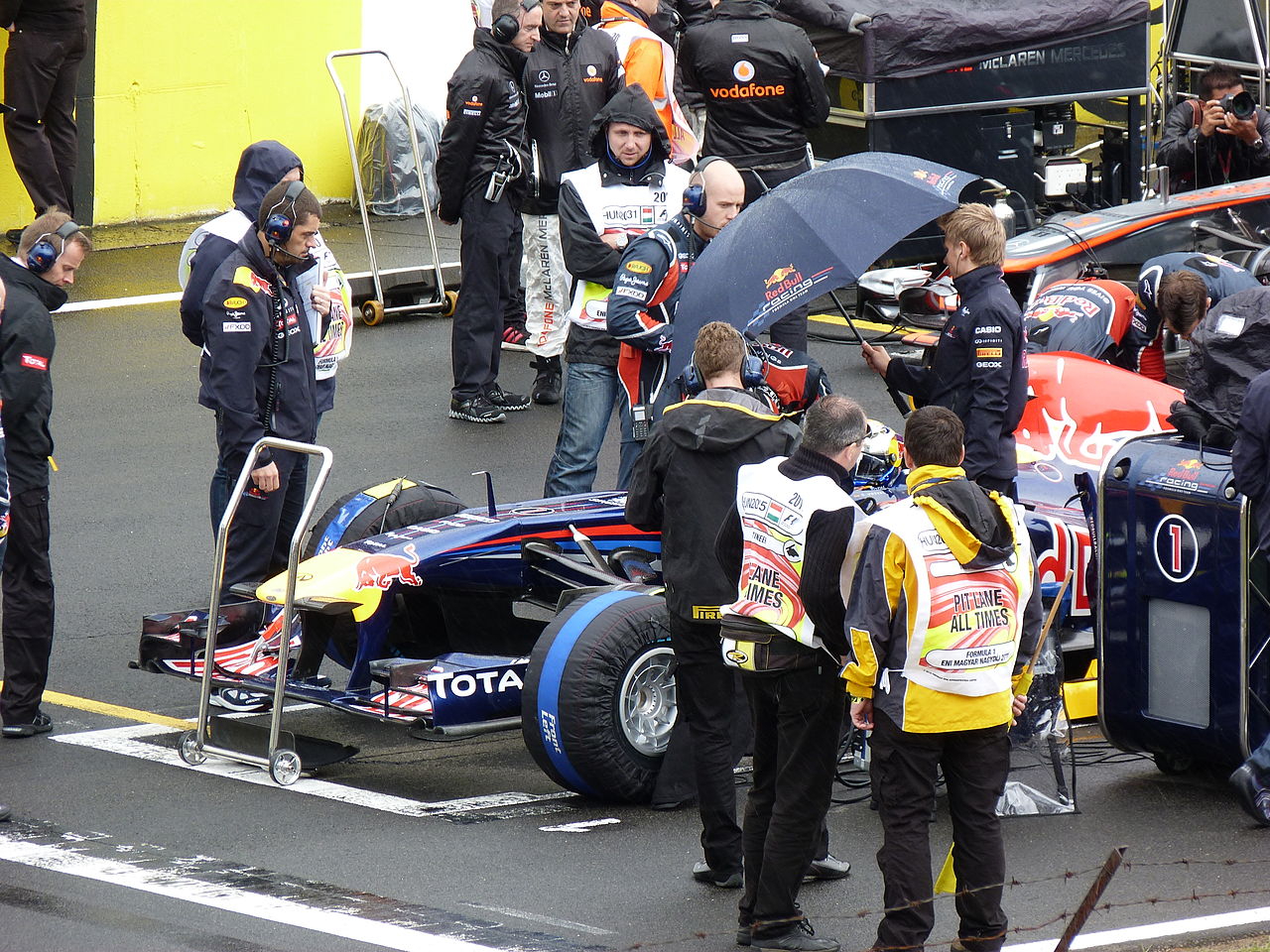 Derzsi Elekes Andor, CC BY-SA 4.0, Wikimedia Commons
Derzsi Elekes Andor, CC BY-SA 4.0, Wikimedia Commons
1995 Hungarian Grand Prix: Clobbered By Medics
Such a situation occurred at the 1995 Hungary Grand Prix, with Japanese driver Taki Inoue’s car. It started to smoke, so Inoue pulled over and went to grab a fire extinguisher. On his way back, the driver was hit by the rescue car, also on its way to put out the fire!
 Steve Gregory, CC BY-SA 2.5, Wikimedia Commons
Steve Gregory, CC BY-SA 2.5, Wikimedia Commons
1997 European Grand Prix
The pole position is the desired spot in a race. Drivers perform qualifying laps before the race begins to determine what their starting position will be. The pole position is the first spot, desired by all.
1997 European Grand Prix: Pole Position x3
The 1997 European Grand Prix hit a snag even before the race started. Three drivers got identical qualifying times, earning each of them the vaunted pole position. Despite all three qualifying for the spot, the first driver to achieve the time was given the lead position.
1997 Japanese Grand Prix
Occasionally, a driver will earn a race ban. These can be handed out for various infractions, including ignoring warning flags that are sometimes deployed during pre-race practice laps.
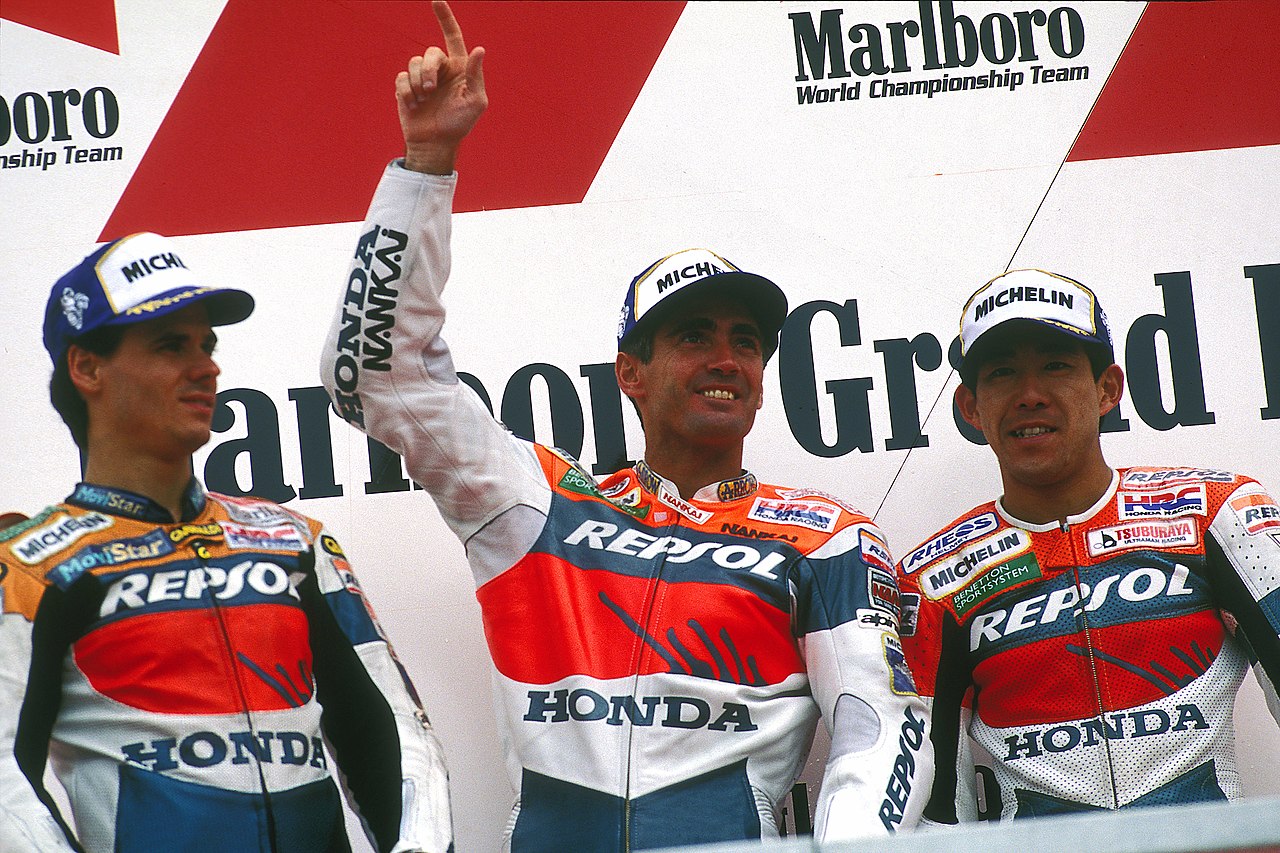 Box Repsol, CC BY 2.0, Wikimedia Commons
Box Repsol, CC BY 2.0, Wikimedia Commons
1997 Japanese Grand Prix: Banned, Played On
Jacques Villeneuve had received numerous warnings and, at the 1997 Japanese Grand Prix, he was handed a one-race ban. Villeneuve appealed the decision and still raced, finishing fifth. After the race, his appeal was withdrawn, meaning he finished but it was not counted.
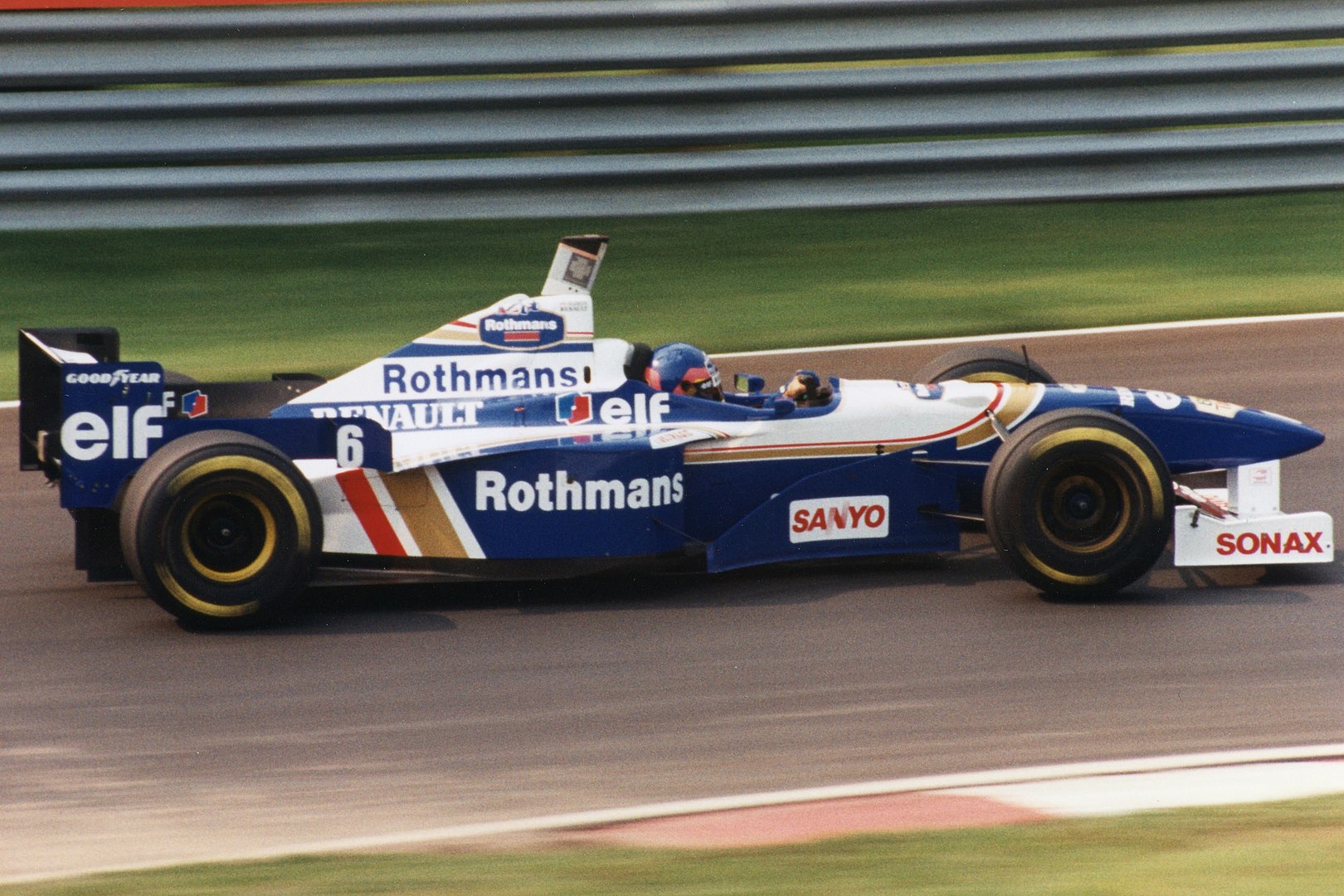 Rdikeman, CC BY-SA 3.0, Wikimedia Commons
Rdikeman, CC BY-SA 3.0, Wikimedia Commons
1998 British Grand Prix
It’s kind of a cliché to say that it’s always raining in Britain. But at the 1998 British Grand Prix, this was certainly the case. Heavy rains meant that the safety car was deployed to the track, a move that demolished the first-place car’s huge lead.
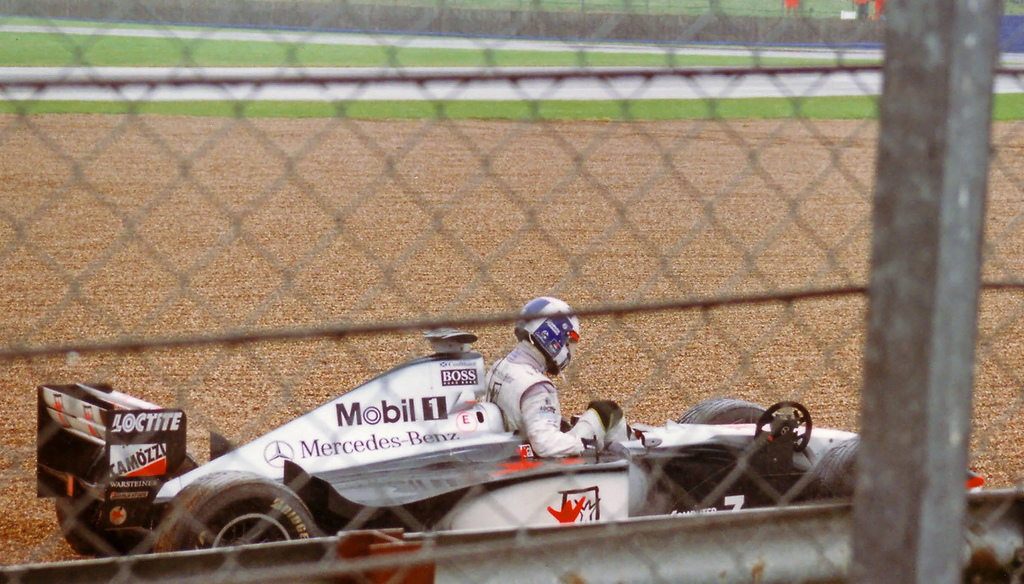 Steve Gregory, CC BY-SA 2.5, Wikimedia Commons
Steve Gregory, CC BY-SA 2.5, Wikimedia Commons
1998 British Grand Prix: Penalty? What Penalty?
During the slowdown behind the safety car, driver Michael Schumacher was given a penalty for overtaking another car while the safety car was on the track. Schumacher apparently ignored the penalty, crossing the line for a win although he seemed to be heading for his pit garage simultaneously.
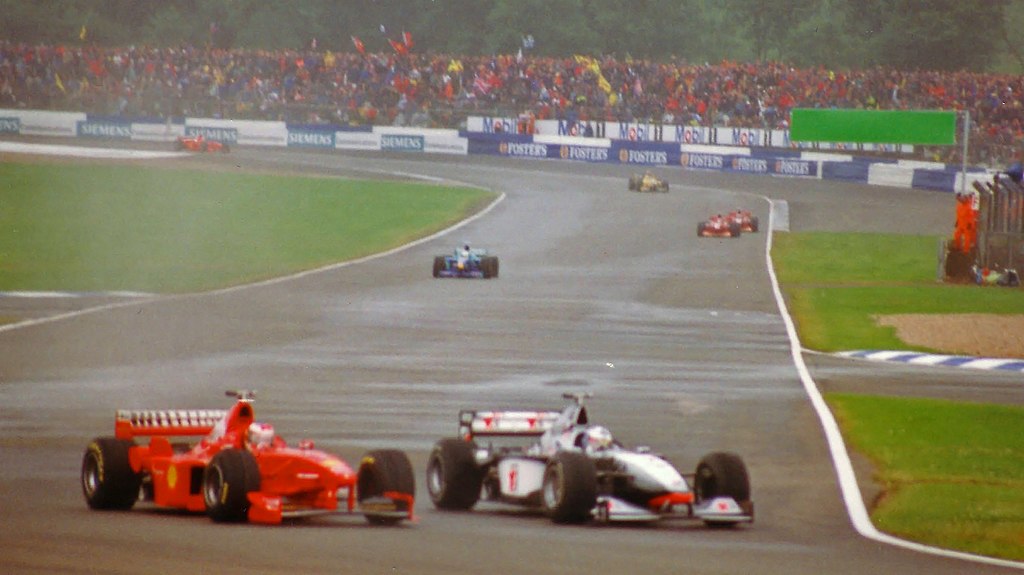 Steve Gregory, CC BY 2.0, Wikimedia Commons
Steve Gregory, CC BY 2.0, Wikimedia Commons
2007 European Grand Prix
Not everyone can be a Jacques Villeneuve or a Mario Andretti. Some drivers have respectable careers even if they don’t become superstars. And some go down in history for having almost no career at all.
 ozz13x, CC BY 2.0, Wikimedia Commons
ozz13x, CC BY 2.0, Wikimedia Commons
2007 European Grand Prix: One Start, But It Was A Big One
Markus Winkelhock’s one and only Formula 1 start was one for the history books. Called in at almost the last minute to replace a departing driver, Winkelhock managed some impressive driving, leading six laps, before hydraulic failure forced him off the track in lap 13.
2011 European Grand Prix
It’s not unusual for a car and driver to not finish a Formula 1 race. Cars are retired due to technical issues or accidents, and the final leaderboard only reflects the cars that manage to cross the finish line.
 Rafolas, CC BY-SA 2.0, Wikimedia Commons
Rafolas, CC BY-SA 2.0, Wikimedia Commons
2011 European Grand Prix: It’s Not Always About Winning
Narain Karthikeyan holds the distinction of being the only F1 driver ever to finish twenty-fourth in a race. In the 2011 European Grand Prix, no cars retired during the race, meaning that a record number crossed the finish line. And Karthikeyan was at the bottom of that list.
 Gil Abrantes, CC BY 2.0, Wikimedia Commons
Gil Abrantes, CC BY 2.0, Wikimedia Commons
2014 Abu Dhabi Grand Prix
The awarding of points is everything in Formula 1. Since 2010, only the top 10 finishers are awarded points, which are tracked and added up throughout a racing season. The driver with the most points in a season is declared that year’s World Champion.
2014 Abu Dhabi Grand Prix: Double Jeopardy
In 2014, race organizers decided to award double points to qualifying racers at the Abu Dhabi Grand Prix. The confusing rule was very unpopular and made little difference to the outcome of the season-ending race. Double points were dropped the following year.
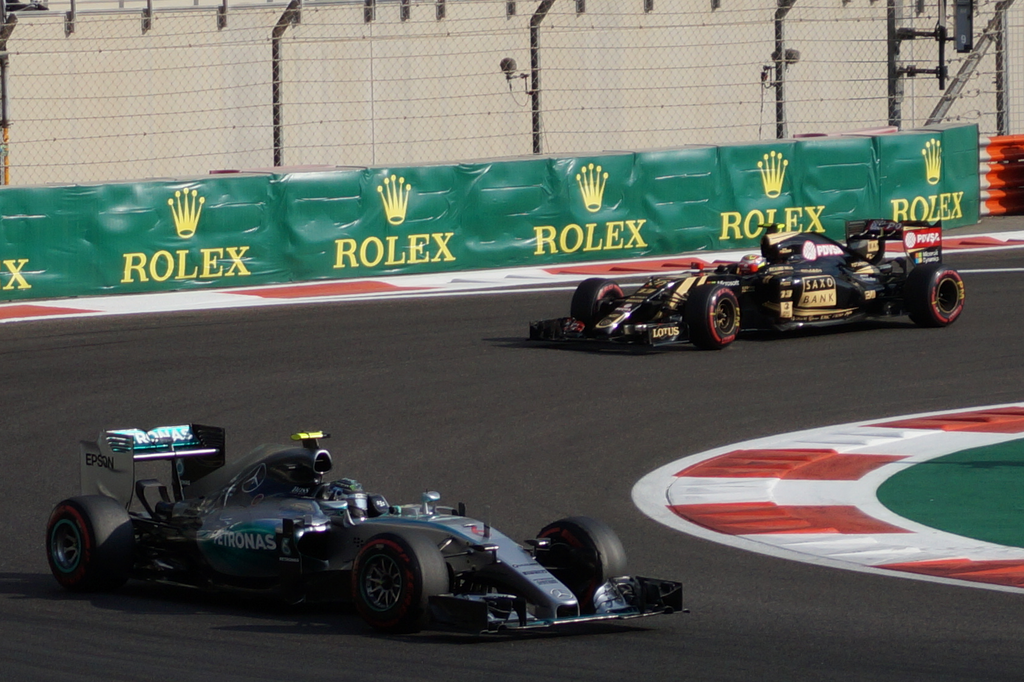 Barry Leach, CC BY 2.0, Wikimedia Commons
Barry Leach, CC BY 2.0, Wikimedia Commons
2015 Australian Grand Prix
It’s not uncommon in many major sports for participants to start their careers at a very young age. The physical demands of many sports mean that the younger a body, the more punishment it can take and the greater heights the athlete can reach.
 Scott Cresswell, Wikimedia Commons
Scott Cresswell, Wikimedia Commons
2015 Australian Grand Prix: Ahhh…Youth!
Max Verstappen made history as the youngest driver to start a race, at the tender age of 17. Although he did not score any points in the Australian race, he did so two weeks later in Malaysia. A year later, F1 introduced a rule that drivers had to be 18 to race, meaning Verstappen will likely keep his record forever.
2021 Belgian Grand Prix
As you can tell, bad weather can have a profound effect on Formula 1 races. The lightweight cars and tracks designed for speed are ill-suited to wet road surfaces and low visibility. Some races are stopped midway due to weather. And some don’t really start at all.
2021 Belgian Grand Prix: A Race Without Laps
The 2021 Belgian Grand Prix did manage to get a few laps in, but they were all either formation laps or laps under the safety car, and none of them counted as racing laps. In the end, terrible weather conditions canceled the race, and the winner was declared using a single safety car lap.
2022 Japanese Grand Prix
There is a method to the madness of Formula 1 points being awarded, but sometimes the madness overwhelms the method. At the 2022 Japanese Grand Prix, a five-second penalty handed to the second-place finisher caused some confusion.
2022 Japanese Grand Prix: First? Second? First Again?
After Charles Leclerc was penalized five seconds, Max Verstappen came in second. But then first-place driver Jonny Herbert was informed of…something and told Verstappen that he, in fact, was in first place. Verstappen was understandably confused, as were many who were watching the proceedings.
The 1989 Grands Prix Season
The number of races and Grands Prix in a season can vary. Drivers will often compete in all the events throughout the year, accumulating points in the hope of being crowned World Champion. But not everyone can be crowned, and not everyone even qualifies to race.
 Unknown Author, Wikimedia Commons
Unknown Author, Wikimedia Commons
The 1989 Grands Prix Season: Did I Qualify?
We all have bad times at our jobs. No work can be perfect all the time. That’s just the way things are. But F1 driver Gabrielle Tarquini had a bad year in 1989. He failed to even qualify to race in all 16 official Formula 1 races that year. He did a bit better in 1990 but still holds the record for most failures.
Rough Starts
The much-desired pole position in a race is awarded to the driver who performs best during the qualifying laps. Starting a race in first place helps a driver maintain a lead. Except in the case of Teo Fabi. Awarded the pole position three times in his career, he surrendered the lead every time and never led a single Grand Prix lap.
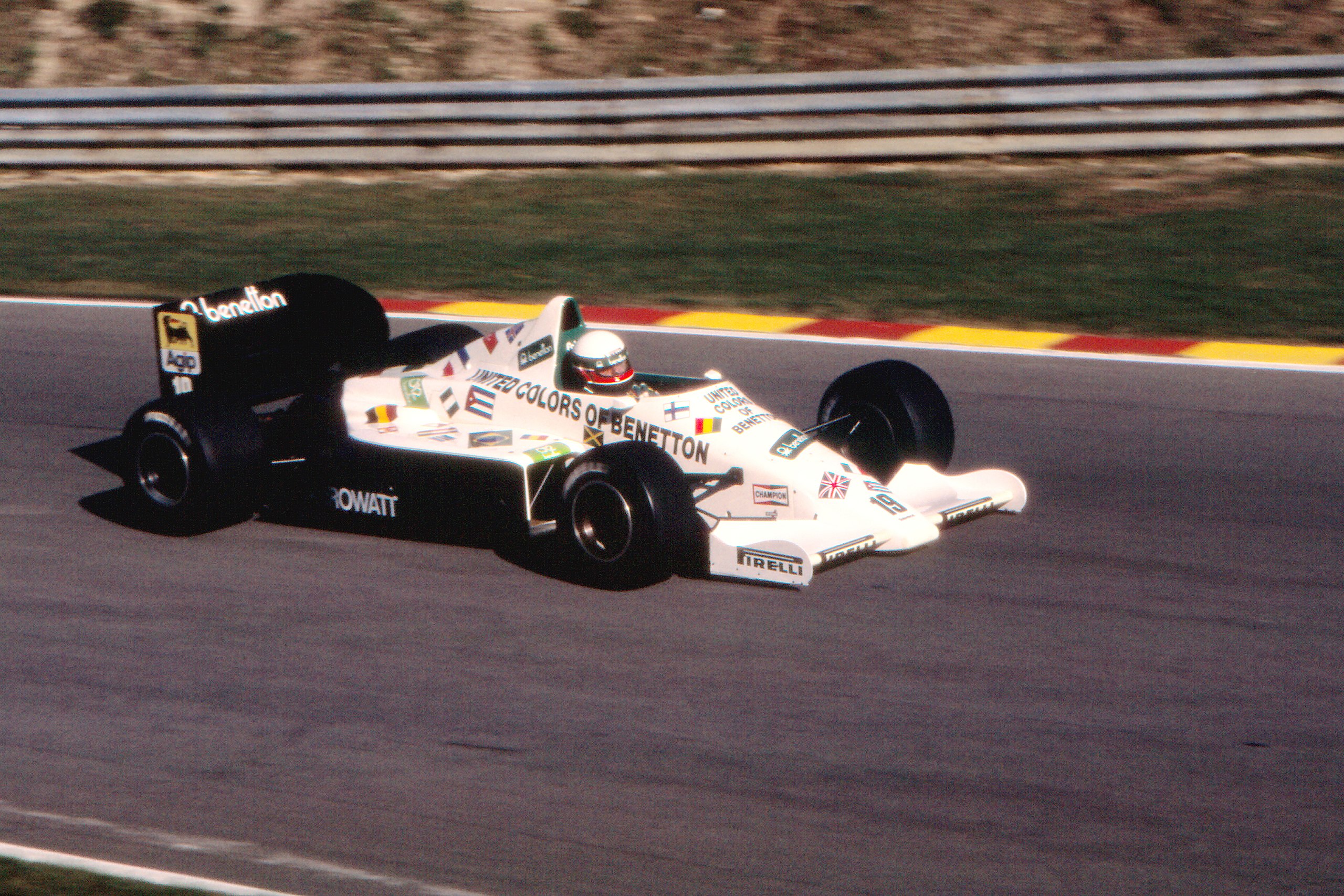 Jerry Lewis-Evans, CC BY-SA 2.0, Wikimedia Commons
Jerry Lewis-Evans, CC BY-SA 2.0, Wikimedia Commons
2005 US Grand Prix
As we’ve noted, tech problems are not an unusual feature of Formula 1 races. These high-speed cars are lightweight and fast, but not always as durable as one would hope. Of all the parts of the car that you would expect to be reliable, the tires have to be near the top of the list.
 Dan Smith, CC BY-SA 2.0, Wikimedia Commons
Dan Smith, CC BY-SA 2.0, Wikimedia Commons
2005 US Grand Prix: Retired Due To Tires
The 2005 US Grand Prix featured a grand total of six cars! Problems with Michelin tires that would explode meant that every car using the French manufacturer’s product pulled off the track, leaving only six cars competing in a race that left fans furious.
 Rdsmith4, CC BY-SA 2.5, Wikimedia Commons
Rdsmith4, CC BY-SA 2.5, Wikimedia Commons

